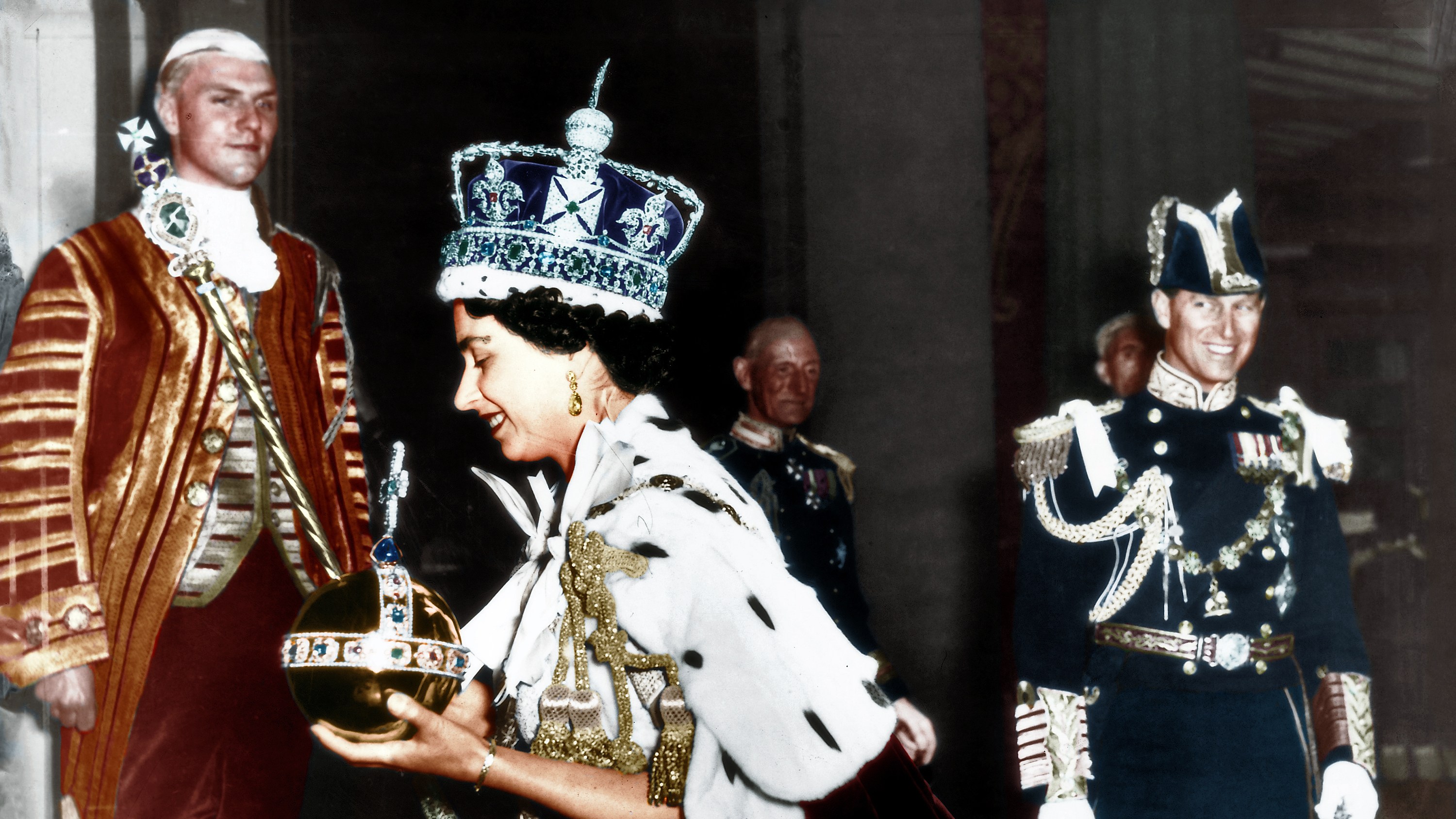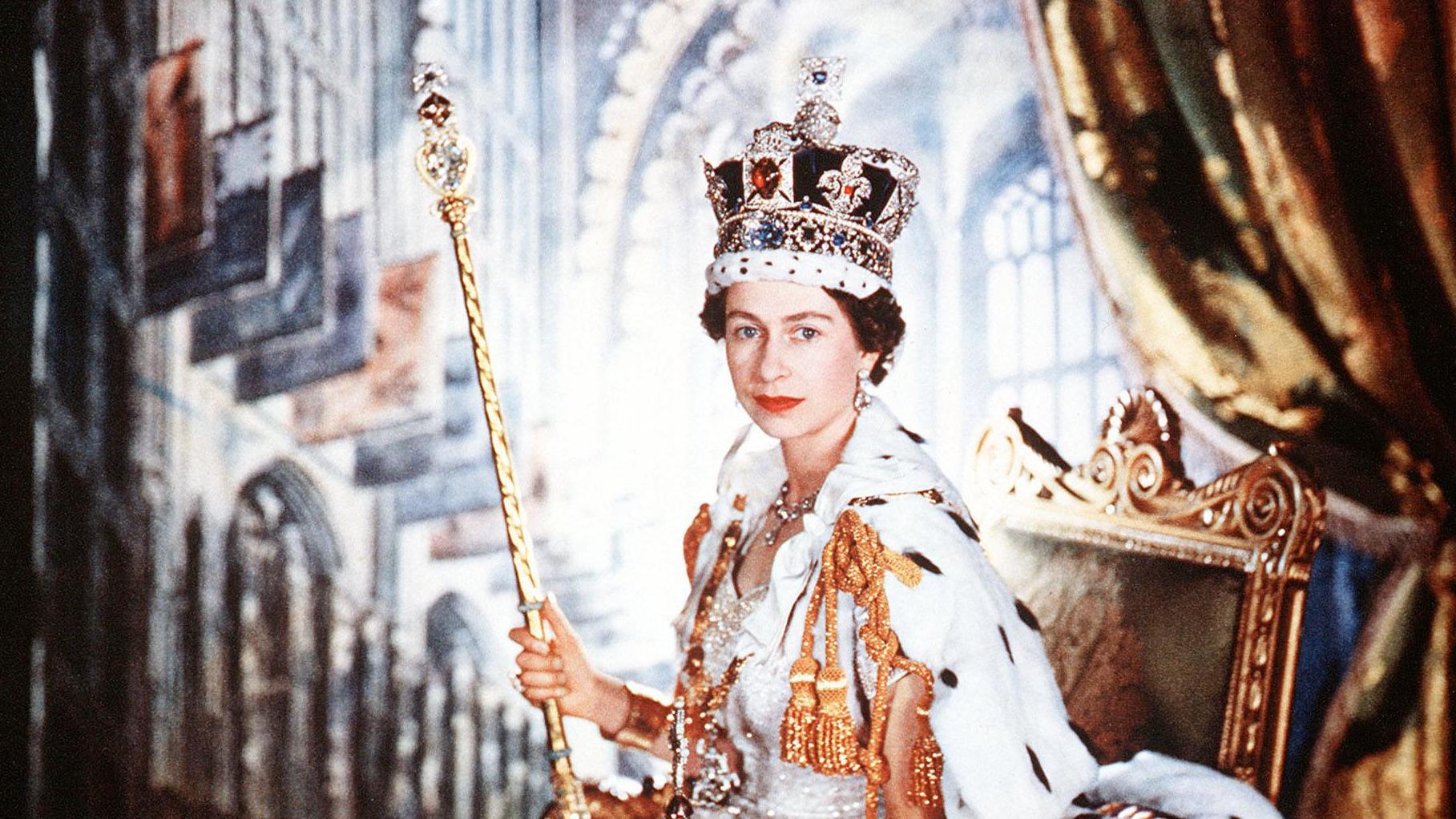The Queen’s Coronation at Westminster Abbey in 1953 was one of the great spectacles of the 20th century, a piece of pageantry that transfixed television viewers around the world. But, as the Queen reveals in a rare interview for a BBC documentary marking the 65th anniversary, there was a moment when the proceedings came to a sudden and unexpected halt.
It was all down to her Norman Hartnell gown, its train — 6.5m from shoulder to end — and a particularly unhelpful length of abbey carpet.
The story of how the service, which lasted nearly three hours, was briefly brought to a standstill has emerged in The Coronation, to be broadcast on BBC One on Sunday.
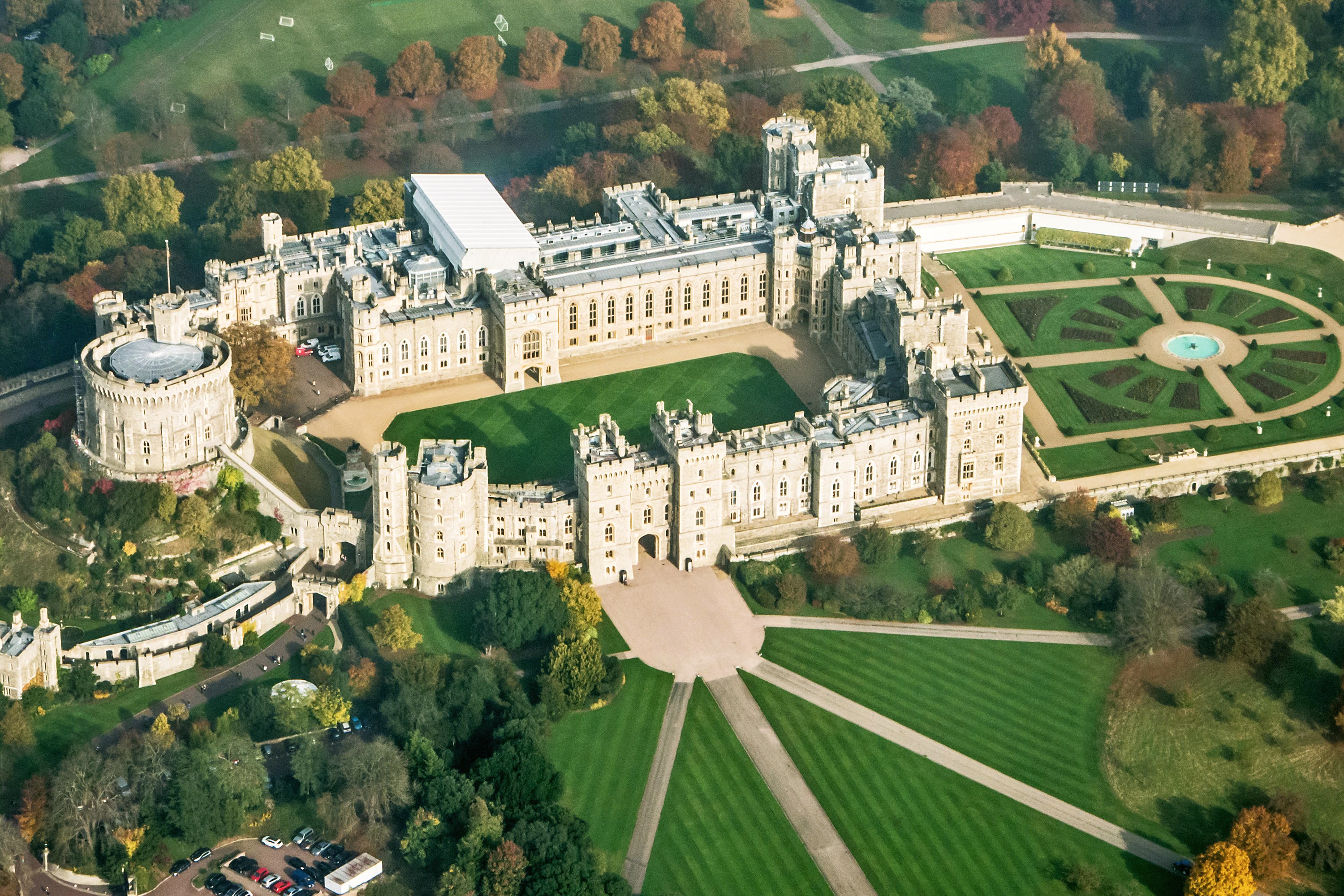
During the film the Queen, who was 27 when she was crowned, is seen watching footage of the Coronation with Alastair Bruce, the royal commentator. As the commentary notes, “the Queen’s coronation dress was embroidered in silk with pearls, and gold and silver bullion thread”.
At that point the Queen remarks: “Well, I remember one moment when I was going against the pile of the carpet and I couldn’t move at all.”
Advertisement
“Really?” Mr Bruce asks.
“Yes,” the Queen replies. “They hadn’t thought of that.”
The documentary highlights the Queen’s wry sense of humour in the matter-of-fact way she discusses the Crown Jewels: priceless artefacts for the rest of the world, but to her merely the tools of the job.
The Imperial State Crown (not the one she was crowned in, St Edward’s Crown, but the diamond-encrusted one that she wears for the state opening of parliament) is so heavy, at 1.06kg (nearly 2½lbs) that in the Queen’s words — possibly a slight exaggeration — her neck would have broken if she did the wrong thing.
She also discusses how the crown was much taller when it was used by her father, George VI, but was made lower for her — “more feminine”, as Mr Bruce says. “It was huge then,” Mr Bruce says of George VI’s crown. “Yes,” the Queen says. “Very unwieldy.”
Advertisement
She goes on: “Fortunately my father and I have about the same sort of shaped head. But once you put it on it stays. I mean it just remains on.”
Mr Bruce says: “You have to keep your head very still.”
The Queen replies: “Yes. And you can’t look down to read the speech, you have to take the speech up. Because if you did your neck would break, it would fall off.”
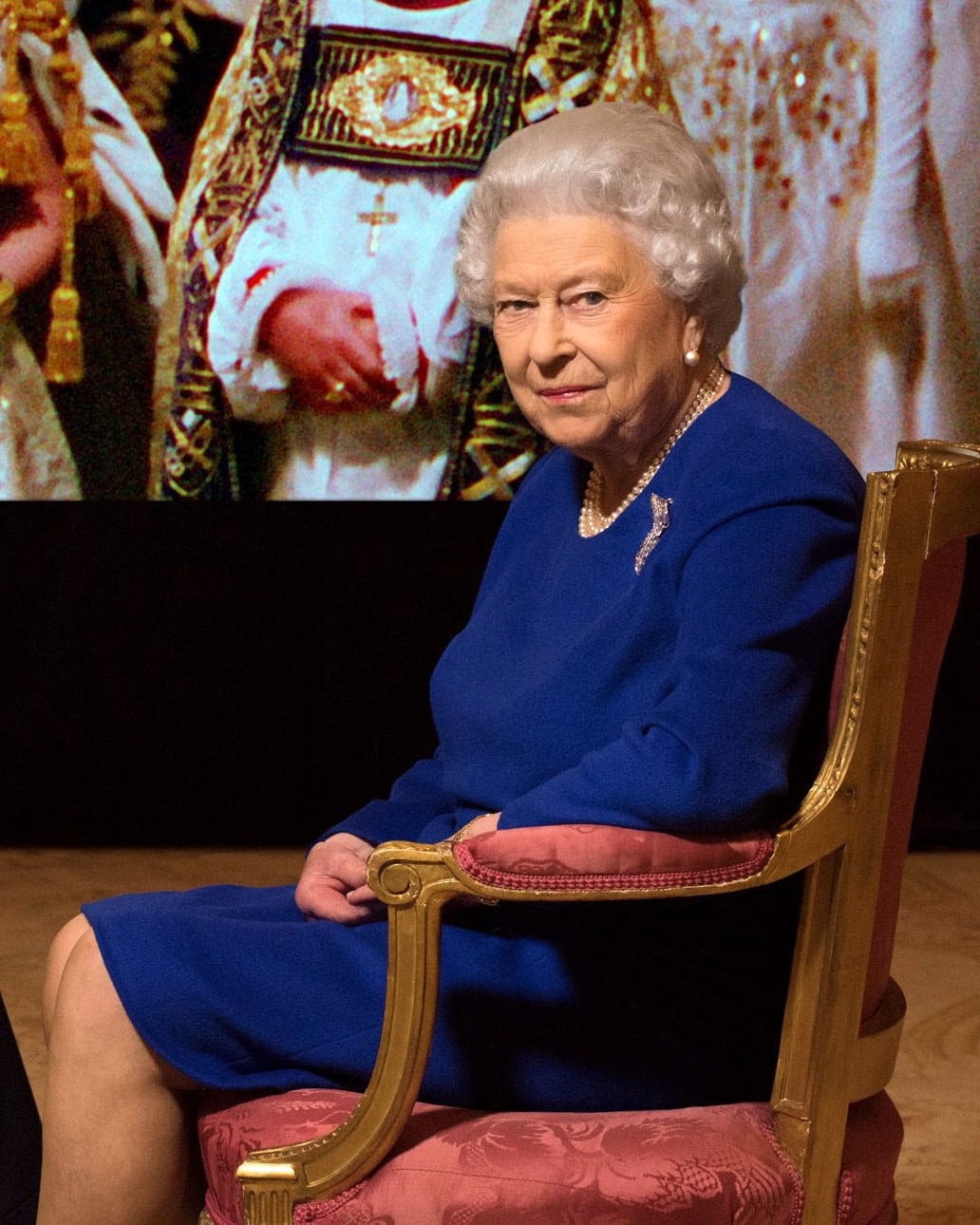
In a masterpiece of regal understatement, she adds: “So there are some disadvantages to crowns, but otherwise they’re quite important things.”
One of the most famous jewels in the Imperial State Crown, which the Queen wore as she left the abbey at the end of the Coronation, is the Black Prince’s Ruby, said to have been worn by Henry V at the battle of Agincourt in 1415. He is said to have placed a feather in a hole drilled into the ruby.
Advertisement
“It’s fun to see, I think,” the Queen says. “Well, the idea that his plume was put into the stone . . . on his helmet. Bit rash, but that was the sort of thing they did, I suppose, in those days.”
She also discusses the pearls that hang from the crown’s arches, which are said to have been Elizabeth I’s earrings. Tapping at them in a nonchalant manner, she is clearly not fond of their setting, saying with a laugh: “They were meant to be Queen Elizabeth’s earrings. But they’re not very happy now . . . Most pearls like to be sort of living creatures so they’ve just been out, hanging out here for years. It’s rather sad.”
According to Anthony Geffen, the programme’s executive producer, it was the first time that the Queen had watched footage of the Coronation.
She says: “It’s a sort of beginning of one’s life, really, as the sovereign. It’s a sort of pageant of chivalry and old-fashioned way of doing things, I think, really. But it’s quite interesting to have it, you know, done again. I mean, I’ve seen one — one coronation. I’ve been recipient in the other. Which is pretty remarkable.”
As she ends her reflections, she allows herself a quiet smile.
Advertisement
Her memories of travelling to the abbey in the gold state coach, on the other hand, are not entirely happy. “Horrible,” she says. “It’s not meant for travelling in at all. I mean, it’s only sprung on leather . . . not very comfortable.”
The film, which is said to be the first time the Queen has spoken on camera about the Coronation, raises the question of when an interview is not an interview. She has never given a full sit-down interview, although she has spoken on television before, most notably providing the commentary for the 1992 documentary Elizabeth R.
Buckingham Palace, however, has insisted on calling it a conversation, rather than an interview.
Mr Bruce, who said that he had an hour and half with the Queen, said: “You don’t ask the Queen a direct question. So you pose a comment that the Queen then responds to. If there is a chance then to very gently take that comment the Queen has made forward, then conversationally you can do that. It worked really well, actually.
“The Queen was unbelievably generous to me by making me feel very relaxed and comfortable, and she has the most delightful sense of humour, so we got through it very well.”
Advertisement
Royal regalia
• The Imperial State Crown was made for the Coronation of George VI in 1937, but is closely based on the crown that was designed for Queen Victoria’s Coronation in 1838.
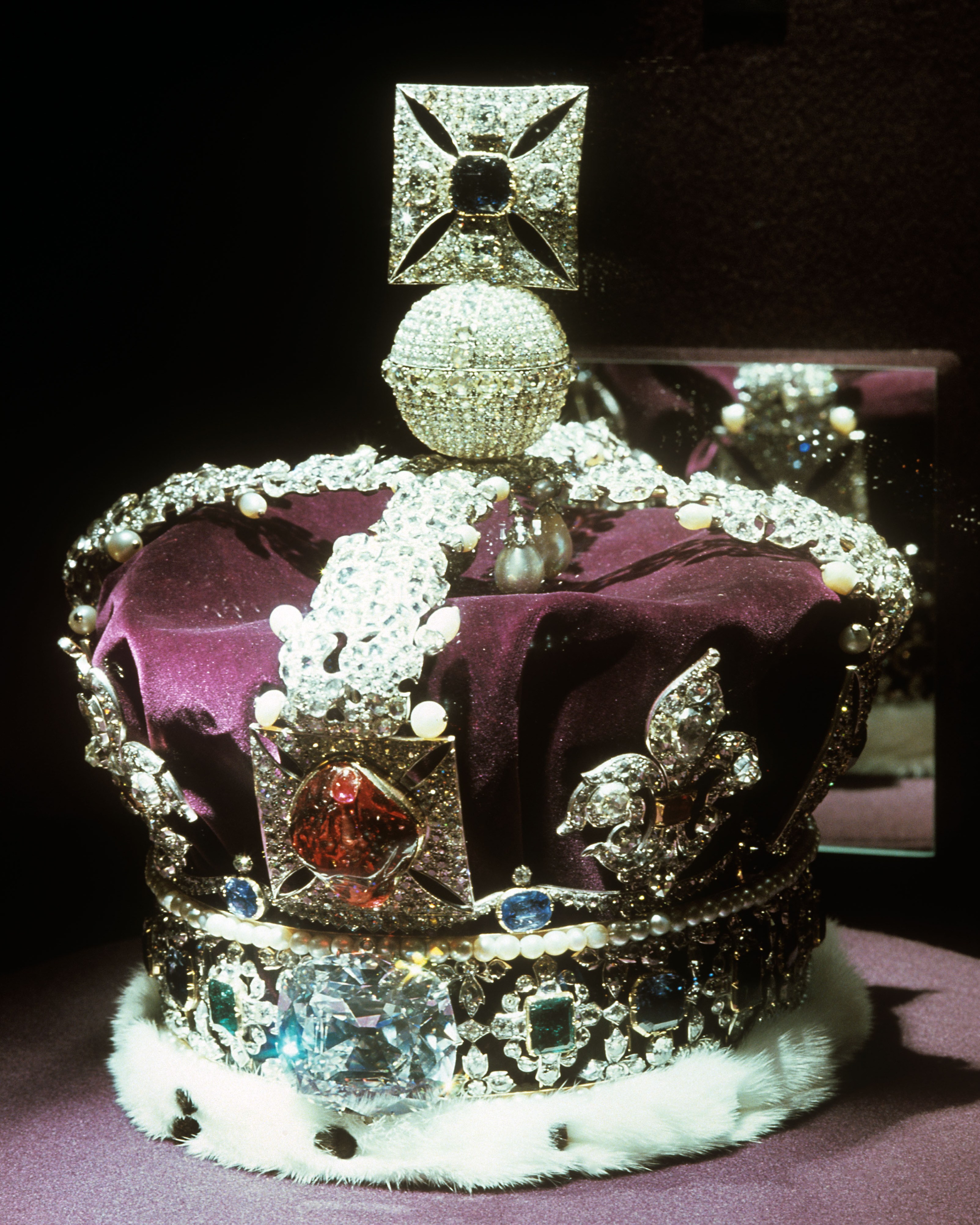
• It is the crown that the monarch exchanges for St Edward’s Crown at the end of the ceremony.
• It has 2,868 diamonds, 17 sapphires, 11 emeralds and 269 pearls.
• At the front it has Cullinan II, also known as the second star of Africa, the second largest stone cut from the Cullinan diamond found in 1905.
• St Edward’s sapphire is said by legend to have been in a ring given by Edward the Confessor to a beggar, who turned out to be St John the Evangelist. The king was buried with the ring in 1066.
• The Black Prince’s Ruby — in fact a spinel — is thought to have been given to Edward, Prince of Wales, son of Edward III.
• The Crown Jewels include the orb, two sceptres, three swords and 13 crowns, with 140 objects in all.

